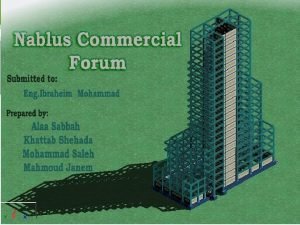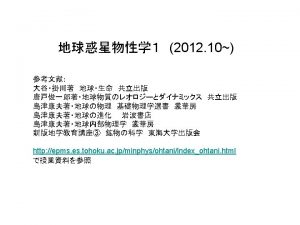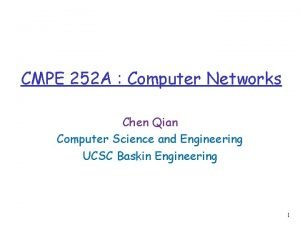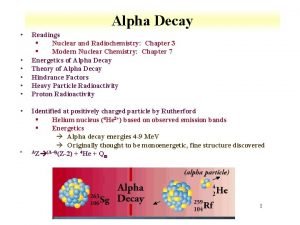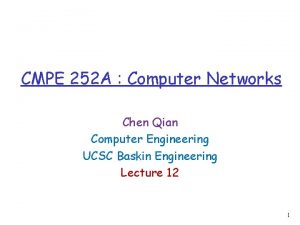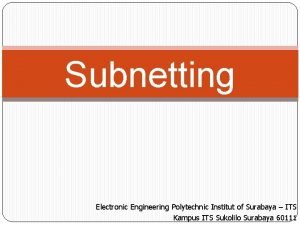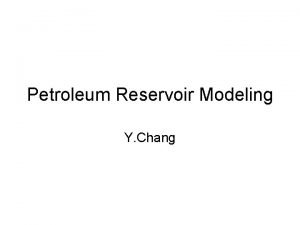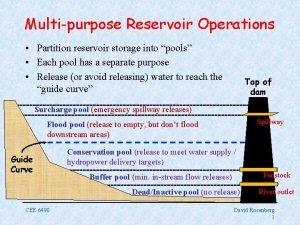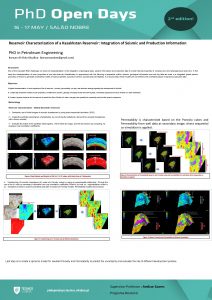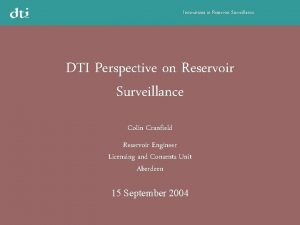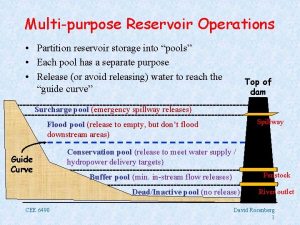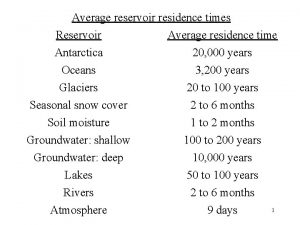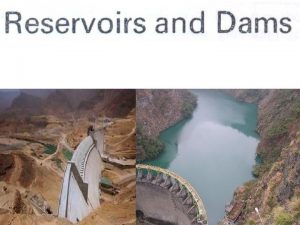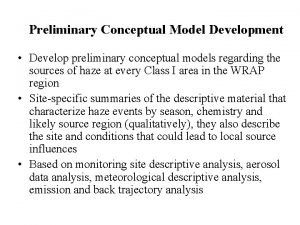Preliminary Reservoir Model MC 252 6 July2010 Outline















- Slides: 15

Preliminary Reservoir Model MC 252 6 -July-2010

Outline • Modelling approach & purpose • Input Data & Model − Rock & Fluid Properties − Layering − Aquifer Support • Results • Impact on “tubing head” pressure • Conclusions & Future Directions DRAFT

Model Approach & Purpose • Model constructed to address impact of crossflow of M 57 B & M 56 A gas sands during “top kill” − Response of observed pressures − GOR variation with time • Request to investigate whether depletion was consistent with known pressures below BOP • Requested to avoid making any conclusions regarding likely rates − Role of flowrate investigation team • Approach − Simple: tight timing, multiple unknowns − Single layer per reservoir (M 57 B to M 56 F, with intervening shales) − 10 x 12 x 17; no structure DRAFT

Input Data • Data provided by Go. Mx Reservoir Team • Rock Properties − Developed from MC 252 logs − Permeability − 275 m. D in main M 56 E sand − 397 m. D in M 56 A gas/oil sand (only 2. 5’) − 86 – 110 m. D in other oil sands − Compressibility: − Cr: 6 x 10 -6 psia-1 − Cw: 3 x 10 -6 psia-1 − Cf: ~13 x 10 -6 psia-1 − Fluid properties generated by Eo. S; volatile, near critical fluid • tubing performance matched to GAP / Prosper work of T. Liao, A. Chitale & M Gokdemir DRAFT

Macondo RF – Aquifer Size Oil Accumulation 110 mmstb = 258 mmrb 2900 acres 9500 acres do on ac M M 56 Sand Fairway Aquifer = 992 mmrb Largest Aquifer Size – used as base case (will minimise depletion) DRAFT

Depletion at Various Offtake Rates M 56 E Main Oil Sand initial pressure 25 mbd 35 mbd 50 mbd 60 mbd • • Base Model 3. 8 x Aquifer Skin = 10, except at 70 mbd From 20 -April to 1 -July Pressure increase from Aquifer influx 70 mbd DRAFT

Impact of Aquifer Size • 35 mbd Case • No aquifer depletes additional 800 psi • Larger impact with higher flowrates DRAFT

Depletion Response @wellbore • PIE gives similar results to VIP − Constant compressibility (too low) − Single phase • Pwf drops ~8 psi/day (for 35 mbd case) Sea = 2270 psi + DP BOP DP=10 psi • Lack of observed depletion could be due to fixed seafloor pressure and large orifice skin=10 skin=20 Min. Head skin=30 Pwh=4, 100 psi max DP=1, 340 DRAFT

Conclusions 2270 psi ambient Containment Cap • Actual reservoir depletion dependent on: − Flowrate LMRP − Oil column size − Aquifer • Limited depletion observed in wellhead could be controlled by non-reservoir mechanisms BOP 4365 psi 6/26/10 − Large orifice − Flowpath / choke between BOP & reservoir − Broken gauge − Crossflow • Largest uncertainties: flowrate and pressure drop 18” Shoe M 110 Sand crossflow with rupture disk failure M 57 Gas Sand expected crossflow M 56 11850 psi initial pressure DRAFT

Back-Up DRAFT

Difference between Aquifer & H/C Pressure DRAFT

Match to “Tubing Performance” • Flowpath is a major (priniciple? ) source of THP uncertainty • Various cases considered: − Annular flow − Casing flow − Annular + casing flow • VIP wellbore modelling capability limited in comparison with Prosper / Gap − Matched lift with simple tubing string − Equivalent diameter & roughness DRAFT

Influences on Observable Shut-In Pressure At Shut-In High Wellhead Pressure Low Wellhead Pressure • Limited crossflow • Integrity failure (crossflow into M 110) • Well integrity above 18” shoe • Smaller aquifer − small leak into small zone • Higher production (& lower skin) • Large aquifer • Lower production (higher skin) After Shut-In Rising THP Falling THP • Fluid Segregation • Wellbore temperature equilibration (cooling) − Only if Pthp < 6, 650 psia • Large leak with limited inflow − Increase would begin at low rates or at flow cessation • Reservoir Response (radius of investigation) − Aquifer size will influence Pfinal • Cessation of crossflow (pressure equilibration) DRAFT

MBal Results for Various Aquifers DRAFT

Key Conclusions wrt SIWHP 2270 psi ambient • Impact of crossflow: • Reservoir fluid fills the M 110, charging it above fracture capacity • Possible broach to surface Containment Cap LMRP • M 110 sand is small (5’ thick), in one scenario could fill to fracture pressure in 10 days (resvr flow > 32 mbd). BOP 4365 psi 6/26/10 Can we detect this scenario? • Leak off will not be detectable (constant charge from M 56) 18” Shoe M 110 Sand crossflow with rupture disk failure M 57 Gas Sand M 56 11850 psi expected crossflow • Crossflow at 18” shoe would be detectable if “large enough” • Max Qo through 6 disks: 6000 bpd • Would manifest itself as a lower than “anticipated” SI BOP pressure • Uncertainty in SI BOP pressure is driven by aquifer & rate initial pressure DRAFT
 Mla research paper outline example
Mla research paper outline example Preliminary outline
Preliminary outline Preliminary outline speech
Preliminary outline speech P 波
P 波 Sandwich paragraph example
Sandwich paragraph example Acordada 961/15
Acordada 961/15 Chen qian ucsc
Chen qian ucsc Cmpe 252
Cmpe 252 Cf-252 decay scheme
Cf-252 decay scheme Simplify radical 54
Simplify radical 54 History observation palpation special tests
History observation palpation special tests Cmpe 252
Cmpe 252 Cmpe 252
Cmpe 252 4 en hexadecimal
4 en hexadecimal 252 nömrəli məktəbin müəllimləri
252 nömrəli məktəbin müəllimləri 252 netmask
252 netmask

